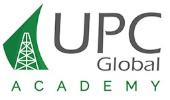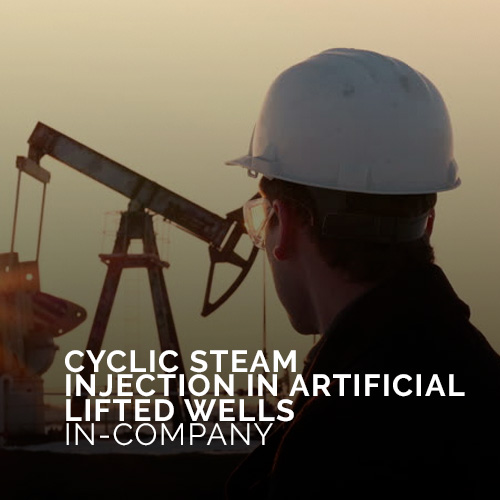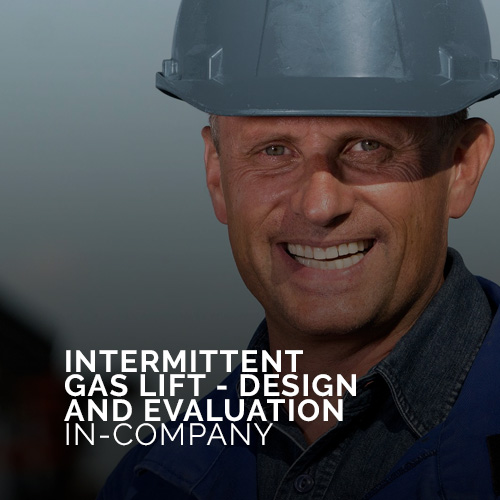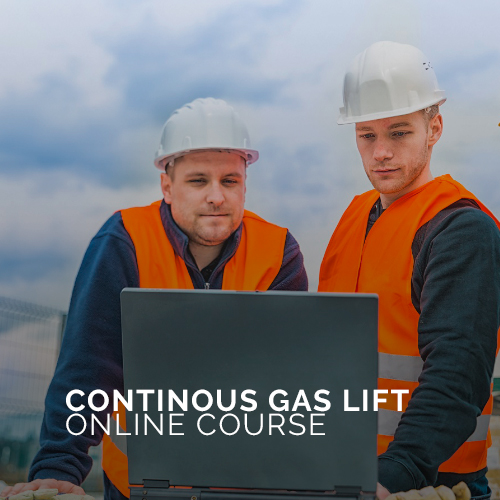GENERAL PURPOSE OF THIS COURSE
Understand the theoretical foundations of the continuous Gas Lift and the interrelation of all the components that make up this system.
SPECIFIC OBJECTIVES
- Understand the advantages and limitations of the CGL system, its application window for the proper selection of wells.
- Understand the components of the CGL system and their functions.
- Understand how reservoir conditions (inflow, % water, Oil gas ratio, PVT properties, viscosity, etc.) and the well trajectory-completion impose restrictions for the design and optimization of an CGL system.
- Understand the CGL valve performance curves and how to use them.
- Understand the operational variables that affect the CGL performance.
- Learn the step-by-step design process (equipment selection and sizing) of a CGL system
- Learn the difference between design and analysis-optimization.
COURSE CONTENT
Continuous Gas lift definitions and Fundamentals
- Gas lift general concept and types
- Gas lift application window and general selection criteria
- Gas lift advantages and disadvantages
- Gas lift surface and downhole equipment and installation
Nodal Analysis fundamentals review
- Inflow models
- Multiphase flow
- outflow
- GL effects on outflow
- Outflow behavior tendencies
Gas Lift design
- Gas lift considerations and magnitudes
- Gas lift limitation when to switch to intermittent GL
- Mandrel spacing for IPO valves and PPO valves
- IPO and PPO valves
- Valves Performance
- Gas lift valve selection
Gas lift stability
- Valve performance curve and well stability
- Well conditions, Mandrel spacing and valve’s orifice considerations for stable design
Diagnosis Troubleshooting of CGL Systems
- Monitoring Continuous gas lift well
- Continuous Gas lift diagnosis and troubleshooting
- Tools and surveys for Continuous Gas lift diagnosis and troubleshooting
Dual continuous gas lift wells
- Defining a dual gas lift well
- Dual gas lift wells issues
- Dual gas lift
- Dual gas lift intrinsic complexity
SKILLS AND KNOWLEDGE
The attendee will:
- Understand what an CGL system is, how it works and where it should be used
- Understand the implications of an CGL system due to a bad design or a bad operation
- Understand the information required and how an CGL design or optimization is done regardless of the software used for this purpose
- Learn / expand / correct essential concepts and phenomena for proper design and optimization of CGL systems
- Understand and deduce best practices for the design, analysis, optimization and monitoring of CGL systems.
ADVANTAGES
Though online mode the participant will be able to:
- Access the technical content 24/7
- Download support material
- Carry out learning activities in each module.
RECOMMENDED MINIMUM TECHNICAL BACKGROUND
The attendee should be familiar with the following topics:
- The attendee should be familiar with the following topics:
- Basic Production concepts and operations
- Basic reservoir engineering concepts
- Basic general engineering concepts
- Basic excel
METHODOLOGY
The online mode, provides a virtual classroom where the following materials will be available:
LEARNING RESOURCES
- Interactive Infographics: Through graphics and web browsers capabilities some concepts/process will be explained better and deeper.
- Tutorial Videos: Multimedia will reinforce and support learning step by step procedures, such as software usage, field operation, dynamic phenomena, etc.
- Explanatory images: Support for a better visual comprehension for some concepts, clarifications, steps, procedures required or arisen during the course.
TECHNOLOGY REQUIREMENTS
For the online mode in order to have proper access of the virtual classroom, the following is required:
- Internet access
- Desktop computer / Laptop / Tablet / iPad / Smart phone
- Headphones (recommended) / Microphones
COMMUNICATION TOOLS
Email will be used for standard way of communication with instructor. Besides there is a forum for clarification and questions-answers that arisen during the course.
In addition, there will be real-time synchronous sessions through chat and videoconferencing which allows students to ask, and teachers to answer questions instantly. This session will be previously announced by the facilitator
EVALUATION
To get the certificate, an online test must be approved with a maximum duration of 60 minutes, which will be activated for a defined date, which will be informed by email to the participant and posted in the virtual classroom.
75% is the required approval score, honor mention will be given When having 90% The participant will have two attempts to pass the exam.
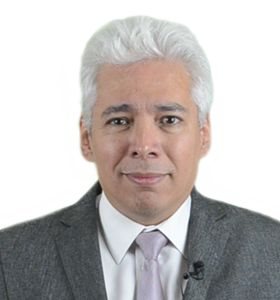
Instructor:
Sergio Caicedo, Mr. Caicedo holds a BSc Physics & BSc Computer Engineer from Simón Bolívar University Venezuela, as well as a MSc in Petroleum Engineering from the University of Texas at Austin, USA. With 26 years of experience as a specialist in artificial lift and well productivity and software development applied to oil production. He has worked as an instructor teaching courses in the area of oil production where he has trained 700+ engineers in the companies where he has worked. Mr. Caicedo has developed innovative projects working in multidisciplinary teams. He has developed calculation tools to assist field engineers in the Productivity of Wells with Cyclic Steam Injection including calculations of injection heat losses, heating radii, Hot Productivity Index and Artificial Lift cooling model. He has also worked on the calculations of the Effects of Resistive Heating in Well Bottom with BCP / BM. Mr. Caicedo has developed uncertainty methods for the production area, such as the calculation of volumes of Gels for Water Control. He has also studied the Feasibility of Ultrasound for Stimulation of Wells, and has published multiple articles on Production Optimization. Mr. Caicedo has worked as a specialist in artificial lifting in Venezuela, Kuwait, the United Arab Emirates and the United States.
Mr. Caicedo was awarded with the SPE Middle East Production and Operations Award 2015 for his technical contributions in artificial lifting for the production of hydrocarbons.

